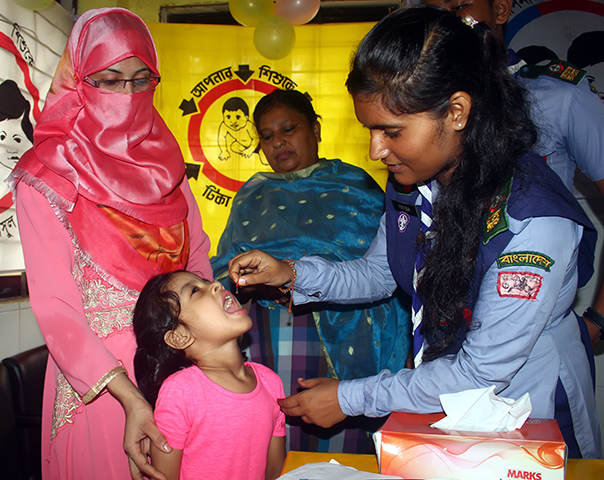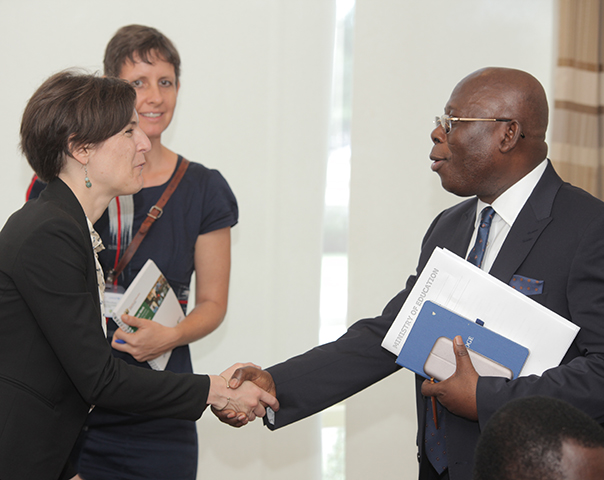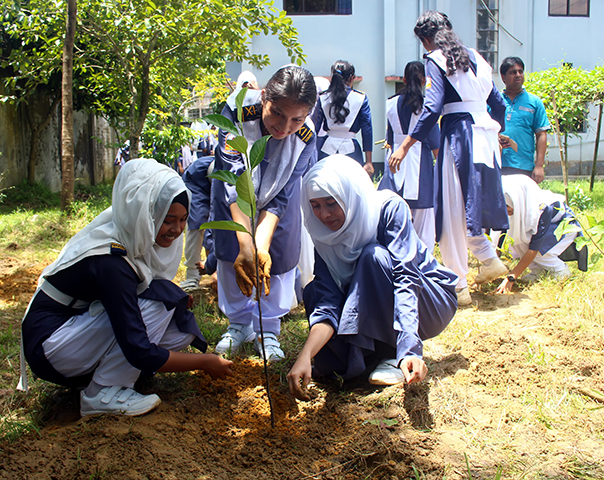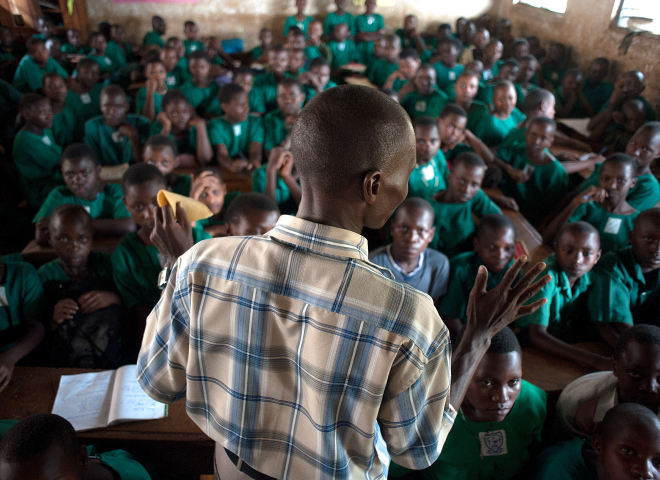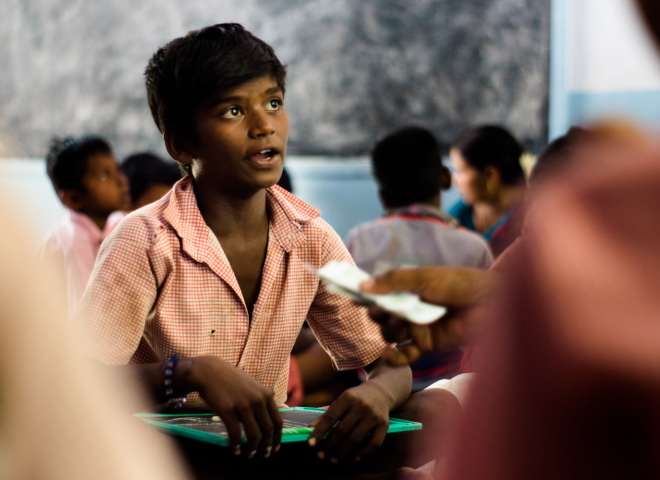Can we measure vaccine hesitancy rates over the phone?
Abstract
Understanding the level of vaccine acceptance is crucial for the design and implementation of public health campaigns to achieve mass vaccination against COVID-19. Phone surveys have been the most frequent way to collect this information, yet they pose measurement challenges that could bias the results. This work analyzes data from national surveys conducted by the World Bank, Facebook, UNICEF, Afrobarometer, IPA, and ORB International in 8 LMICs to better understand how sampling methods, survey modes, and related sources of bias affect the measurement of vaccine acceptance.
Policy Issue
During the COVID-19 pandemic, decision-makers across governments, international organizations, and the health industry needed fast and reliable data to inform their decisions. Due to restrictions on travel and interpersonal contact, most efforts to gather information rely on remote methods, which often required recruiting respondents remotely and conducting phone surveys. Once vaccinations became available, a particularly important need was to provide data on the demand for COVID-19 vaccination to national and regional health authorities, the World Health Organization (WHO), vaccine funders, and supply chain managers. With this in mind, researchers fielded extensive surveys to estimate how many people would be willing to receive a vaccine if offered, known as "vaccine acceptance."
Understanding national and community-level vaccine acceptance is crucial for designing and implementing public health messaging and vaccine delivery campaigns. But these values can be hard to measure given that vaccine acceptance is itself subject to change in relatively short timeframes, particularly during a public health crisis. The evolving information (and misinformation) landscape, the severity of the disease burden, and the introduction of vaccines may have changed vaccination attitudes over time. Given that remote phone surveys have clear operational advantages over face-to-face surveys in terms of cost, logistics, and deployment time, the question arises whether they can be used to reliably capture public opinion around vaccines.
Context of the Evaluation
During the pandemic, massive efforts were launched to provide government and multinational organizations with timely data and evidence to influence decision-making. IPA for example launched a Research for Effective COVID-19 Responses (RECOVR) survey in Burkina Faso, Colombia, Mexico, Ghana, Philippines, Rwanda, Sierra Leone, Côte d’Ivoire, and Zambia. The objective of these phone surveys, conducted over three rounds, was to directly inform key government partners on the health, economic, and social ramifications of the pandemic. Other national panel and repeated cross-section surveys with multiple rounds leveraged in this analysis include: the World Bank High Frequency Phone Surveys (WB HFPS), UNICEF Community Rapid Assessment (UNICEF CRA), Facebook (FB) Covid Response, an ORB-conducted LMIC covid panel survey, and Afrobarometer surveys. This research also includes aggregate statistics from two additional survey projects: Africa CDC's Covid Perceptions Survey (ACDC) and the Partnership for Evidence-Based Response to COVID-19 surveys (PERC).
Details of the Intervention
Researchers are analyzing survey data to understand how estimates of vaccine acceptance vary with survey design characteristics. Four key reasons survey modes may affect measurement of vaccine acceptance are considered: changes over time, survey mode effects, question design, and sampling bias.
This study is part of a larger body of work assessing remote measurement of attitudes towards COVID-19 vaccines. This series brings together remote studies conducted by a wide range of organizations working primarily in African countries to quantify key sources of bias in remote vaccine attitudes surveys and characterize the trade-offs between different survey modes. Ultimately this study seeks to inform future research and policy projects in the intersection of public health and public opinion.
Results and Policy Lessons
Research ongoing; results forthcoming.





